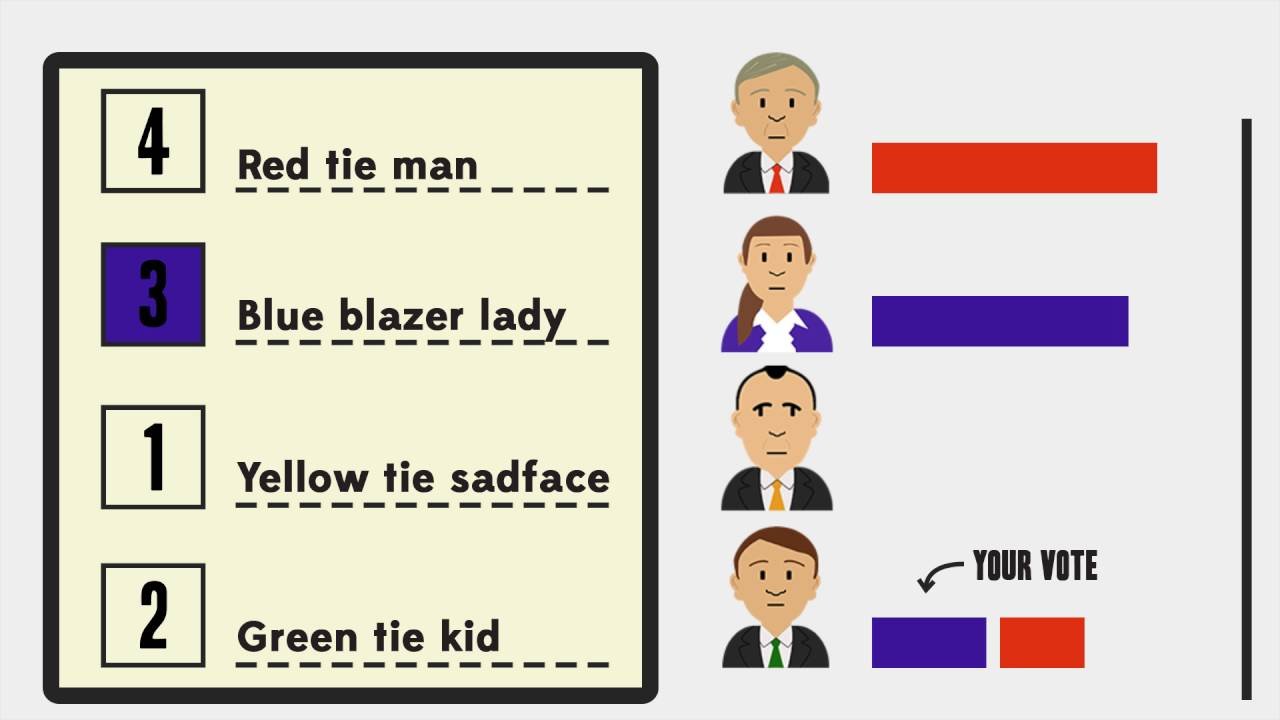In case you haven’t heard, the voting rules for the Australian Senate have changed.
We now have Optional Preferential Voting, which means you don’t have to number all the boxes, but the more boxes you number, the more likely it is that your vote will count to the election of a senator.
If you vote below-the-line, you will be asked to number at least 12 boxes, in sequence from 1 to 12. You can number the candidates in the order that you prefer them, and stop at 12.
If you vote first for candidates from a major party, even if you only number 12 boxes, your vote certainly counts towards the election of candidates, but if you vote for small parties, whose candidates do not receive as many votes, your vote might become exhausted.

Senators are elected by proportional representation, and to get elected each senator needs to receive a quota of votes, which in the July 2nd election will be 7.7% of the vote in each of the six States.
The leading candidates of the major parties generally receive more votes than this quota, and the surplus of votes is then passed on to each voter’s second preference.
However, many smaller party candidates receive far fewer votes. Those with the fewest votes will be excluded and the value of the vote passed on to the next candidate according to the voters’ preferences. If you preference only smaller party candidates, your preferences will be counted as far as you have numbered the boxes, but after that may become exhausted and your vote won’t count to the election of a senator.
That’s why the more boxes that you number, the more likely it is that your vote will count towards the election of a senator.
source










